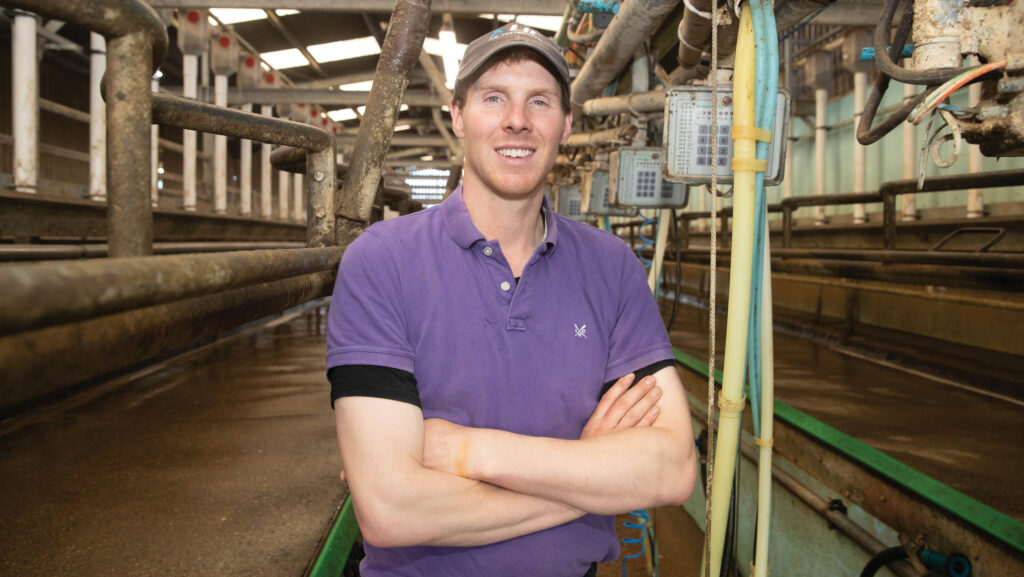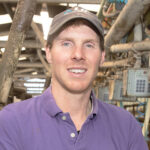Farmer Focus: Calving time brings labour challenges
 © Tim Scrivener
© Tim Scrivener An exceptionally busy calving draws to a close. There’s a feeling of anticipation of some quieter days before breeding season.
We have faced challenges with the excessively wet weather, a tighter block, and an additional 100 cows calving compared with previous years.
Additionally, we have had a few staff members let us down at very short notice at the beginning of the calving season.
This has added to the pressure, but we have pulled together brilliantly through a testing period.
See also: Labour shortage creating major issues for dairy sector
Labour is an industry-wide challenge. I feel it is wrong to label the industry as low paid and non-progressive, as some do.
I believe the dairy industry holds potential for new entrants to climb the career ladder into share farming and onto farm ownership.
The common elements for those who have succeeded in this journey are graft, relationship building and commitment.
Labour issues are multifactorial. The pool of skilled dairy workers has shrunk in proportion to the number of dairy holdings. In 1995, there were almost 35,000 dairy holdings; today, there are fewer than 8,000.
If each of these farms had at least two youngsters affiliated/trained each year, it follows that the pool of youngsters entering the industry is shrinking too.
Also, our area (the Midlands) has several e-commerce outfits. Why get your hands dirty on a farm when you can earn £15 an hour to do six-hour shifts for a repetitive but clean task?
The difficulty seems to be finding those who will pick up a squeegee to push slurry, but also detect a sick cow. Basic animal husbandry skills are hard to find.
That said, we are lucky to have a good team, and everyone has put a shift in over a challenging calving (180mm of rain since mid-September). There are some fantastic individuals coming through in the industry – just not an abundance.
With almost 65 million people on our doorstep, there is a huge demand for fresh milk, and price will rise with demand.
I don’t see an immediate solution for farm labour, but we are bridging the gap with simple automation, simplification of systems, and skilled overseas labour (like the healthcare and veterinary industries).
That said, we will need to carry more slack in our teams for last-minute dropouts and keep bringing enthusiastic students through the industry.

